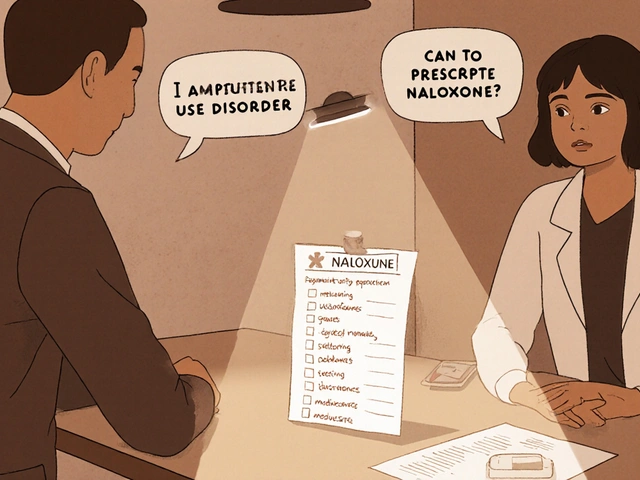Bladder Training: Easy Ways to Take Back Control
Do you ever feel like you’re rushing to the bathroom or worrying about leaks? You’re not alone. Bladder training is a straightforward program that teaches your body to hold urine longer and respond to real urges, not phantom signals. The best part? You can start right at home—no fancy equipment or pricey meds needed.
Set Up a Simple Bladder Schedule
First thing you’ll need is a schedule. Pick a time interval that feels doable—most people start with every two hours. Write down the times on a sticky note or set phone reminders. When the alarm goes off, head to the toilet even if you don’t feel the urge. Over a few weeks, slowly stretch the gaps by 15‑30 minutes. Your bladder learns it’s safe to wait, and the urge‑signal becomes less frantic.
Keep a log of trips, especially any accidents. Seeing patterns helps you adjust the schedule and gives useful information if you later talk to a doctor or pharmacist about medication options.
Pelvic Floor Exercises – The Secret Weapon
While you’re on your schedule, add pelvic floor (Kegel) exercises. Sit or lie down, tighten the muscles you’d use to stop the flow of urine, hold for three seconds, then relax for three. Aim for three sets of ten reps a day. These muscles act like a gate, squeezing tighter when you need more control.
If you’re not sure you’re doing them right, try the “stop‑test.” Start a stream of urine and try to pause it mid‑flow. The muscles you engage are the same ones you’ll strengthen with Kegels. Consistency is key—just like any workout, you’ll notice improvement after a few weeks.
Aside from the schedule and exercises, a few lifestyle tweaks can speed up progress. Limit caffeine, alcohol, and carbonated drinks, as they can irritate the bladder. Keep a gentle fluid intake—don’t go dry, but spread water throughout the day instead of gulping it all at once.
If leaks happen during a cough, sneeze, or laugh, try the “quick‑squeeze” technique: give your pelvic floor a rapid, strong contraction right before the trigger. Over time your muscles will respond automatically, reducing the spill.
Remember, bladder training isn’t a race. If you miss a scheduled bathroom break or have an accident, don’t get discouraged. Simply get back on track the next day. Progress is measured in weeks, not days.
When you feel ready, you can talk to a pharmacist about over‑the‑counter products like bladder‑support supplements or bladder‑friendly wipes that can make the process more comfortable. They can also flag any prescription meds that might be worsening urgency, such as certain diuretics or antihistamines.
Putting these steps together—regular bathroom timing, daily pelvic floor workouts, smarter drinking habits, and a bit of product advice—creates a solid bladder training program. Most people see fewer leaks and more confidence within a month or two.
Give it a try today: set that first two‑hour reminder, do a quick set of Kegels, and note how you feel. Your bladder will thank you, and you’ll regain the freedom to enjoy life without constant bathroom anxiety.

How to Find Overactive Bladder Support and Tolterodine Resources
Practical ways to find trusted support, save on tolterodine, manage side effects, build a care team, and use daily habits that actually help with OAB.
View More




